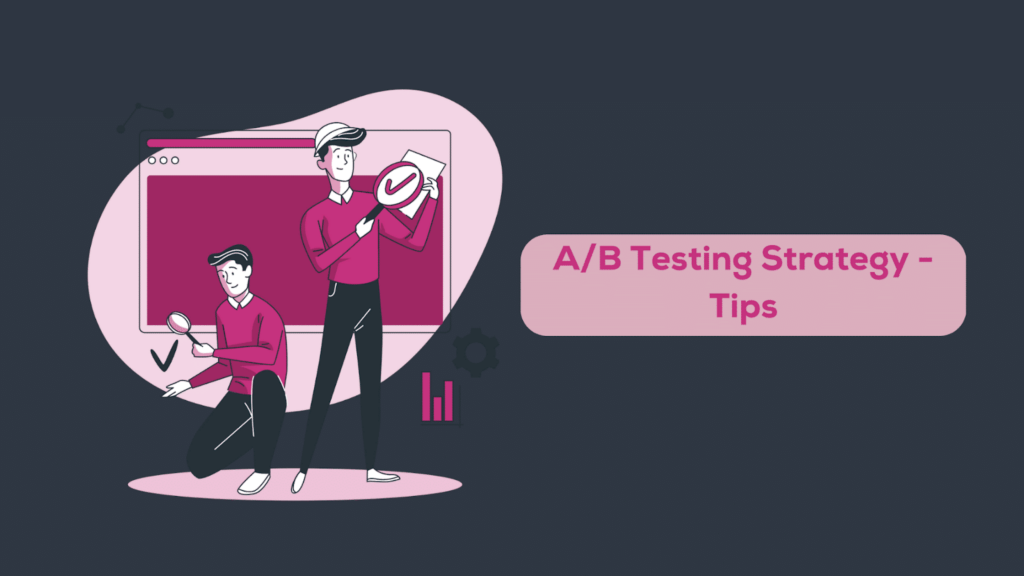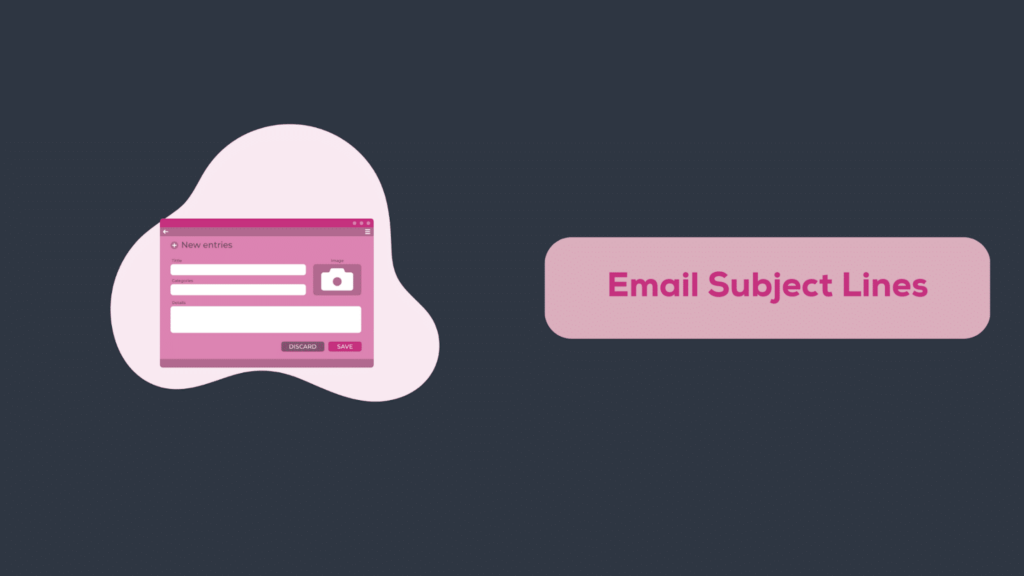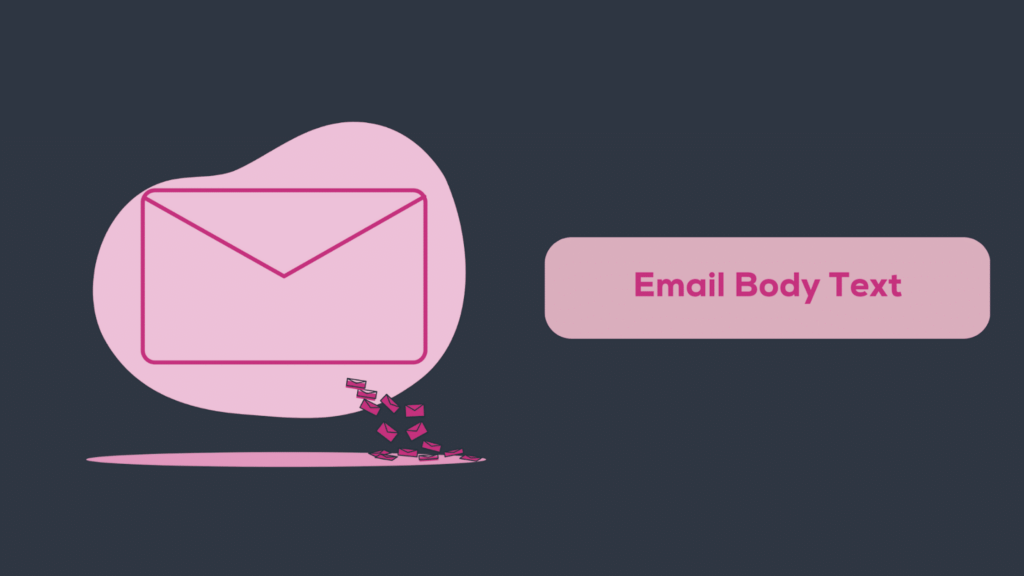Finding it hard to get the open and click-through rates you want for your email marketing campaigns? It is possible that you are using the same format of email templates for all your campaigns. The marketing team is responsible for creating campaigns and testing each campaign to improve results.
According to Truelist statistics, 93% of US companies perform A/B testing on their marketing campaigns. Among the variations in websites, landing pages, and emails, 59% of the area is given to email A/B testing.
As a marketer, there is nothing more satisfying than witnessing a lead conversion caused by the variations you offer that are targeted toward your audience. It might be a small change in the subject line or the matter texts on the call to action page; you never know which change brings about a major difference in conversion rates.
To get a clear perspective of this change, A/B testing helps you to test different variations simultaneously so that you know which variation works best for your campaigns.
Table of Contents
- Best 3 Variables to Perform A/B or Split Testing
- Additional Factors To Consider While A/B Testing
- Frequently Asked Questions
- Related Reads
- Get Your Conversion Rates Up and Moving Forward with A/B Testing
Best 3 Variables to Perform A/B or Split Testing

Some of the areas where you can implement change and apply a/b testing are email subject lines, headlines, email body, visuals, CTAs, forms, layouts, and text formatting. Apart from these suggestions, major changes, like the organization type, job roles, geography, and number of recipients are also part of the A/B testing process.
All the above-mentioned variation suggestions are collectively targeted toward conversion rate optimization (CRO), which is key when it comes to marketing. What’s the point of testing variations without significant results in conversion rates?
Let’s briefly look at the ideas of how to change important areas using A/B testing in the upcoming sections.
#1 – Subject Lines of Emails

Subject lines simplify an entire email in a single sentence to catch the reader’s attention. It has to be descriptive enough that it comprises the email content and simple enough for your target audience to create curiosity about your email.
Take a look at the following statistics in the email subject lines:
- Subject lines alone determine the open rate of emails among 47% of email recipients (Zippia).
- 33% of email recipients choose to open emails based on catchy subject lines (Financesonline).
The key takeaways from an email subject line standpoint are:
- The character length of the email subject line must be between 61-70, which has promising open rates. It is better if your subject line stays within 60 characters.
- The personalization of the email subject line depends on the type of organization or audience, as you risk losing relevance to your customers.
Perform A/B testing for subject lines using these practices or any similar changes in your marketing campaigns to see a significant difference in your open rates and CTRs.
#2 – Email Body

Typically, your emails should not exceed 150 words. According to Hubspot statistics, 50-125 is the ideal word count for an email body, as they had 50% higher response rates than long-format emails.
The idea of A/B testing here is that you are tweaking the email content and sending it to two different people groups of the same number. Analyze the results using email marketing platforms.
It is essential to use simple words in your emails, proper formatting, concise in your content, and appropriate CTA at the end of each email as the primary intention here is to gain traffic.
Best practices for your email body’s text:
- Keep the length of your email under 200 words and the size of your email below 10KB.
- Try to avoid adding images in your emails as it reduces open rates and has the chance of being reported as spam. Under necessary conditions, keep the file size below 10MB, or include an external link where you have uploaded the images.
- Use appropriate text formatting options, such as changing fonts, font size, and text formatting wherever necessary.
- Be relevant to customers in your content, and try not to use unimportant words and sentences in your email.
#3 – Visuals

Whether you are sending your business newsletter to recipients, or developing an engaging landing page for your business, visual information plays a major role in converting prospects into potential customers.
Research shows that 91% of customers prefer visual storytelling over reading content, especially in this digital age, where data is processed everywhere and the attention span of people is constantly lowering, marketers must implement effective marketing strategies to gain the desired conversion results.
To A/B test visuals send two variations of an email, one containing images and one without images, to different recipients. In a similar manner split test two newsletters, one with descriptive images and one with descriptive writing.
Additional Factors To Consider While A/B Testing

You would’ve got the idea of A/B testing so far in this article and your guess is right. It is not limited to just emails, newsletters, and landing pages, but you can spit-test several other factors as well.
Marketing Strategies
If your company remotely provides services, A/B testing your marketing campaigns across different geographical locations help improve business growth. You might discover new audiences and customers in various parts of the world.
CTA
Every website owner needs to have a specific call to action on a landing page, or at the end of emails and email newsletters. Split-testing different variants of CTAs can help you identify the one that works best for you.
Forms
The requirement to fill out a form on your website can create a positive user engagement experience. Testing out different variants of a single form on your website helps you to understand which variant your customers like the most, so they feel more engaged. The bounce rate of visitors informs Google how helpful your site is to visitors.
Frequently Asked Questions
1. What are the different types of A/B testing?
Ideally, two variants are tested in split testing. However, it is not limited to just two variants, you can perform multiple variants to the same audience to analyze which variant perform better than the others.
2. What are the benefits of A/B testing in email marketing campaigns?
Split testing or variant testing has proven to increase open rates and click-through rates from a business perspective. Results show significant improvement in customer engagement when their business models are A/B tested. Mere variation testing is not going to get you the desired increase in revenue as it is not directly related to sales.
3. What are the different areas to A/B test businesses?
Primarily businesses use split-testing for their marketing side of the business. The different areas of testing in marketing include:
– Email writing
– Email newsletters
– CTAs (call-to-action)
– Landing pages
– Online forms
Also Reads
Get Your Conversion Rates Up and Moving Forward with A/B Testing
The phrase “Marketing is everything, and everything is everything” coined by Regis Mckenna in 1991, lets us understand that marketing stands as the foundation of any business. I hope this article helped you understand the importance of A/B testing that you must apply in your processes.



